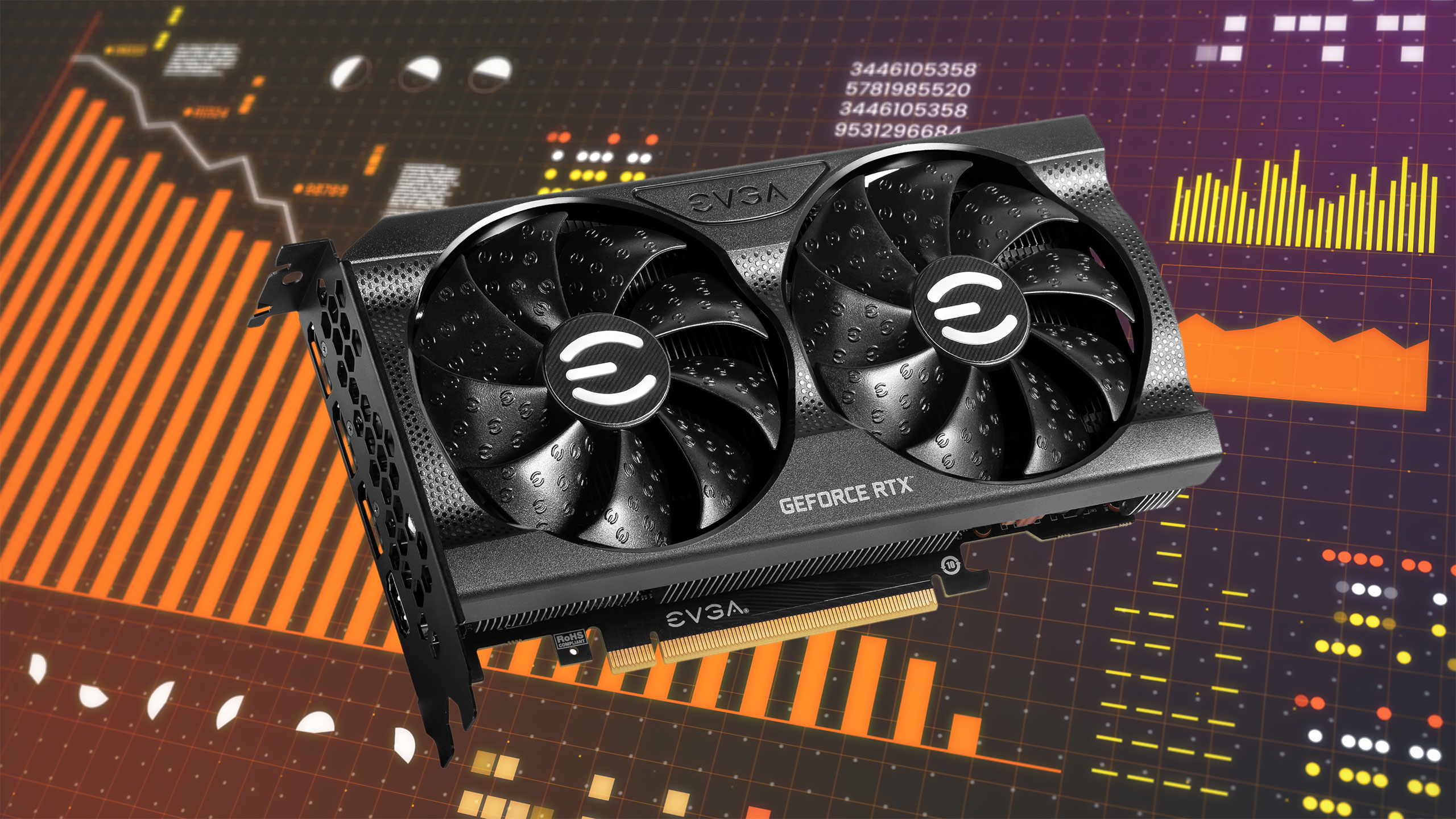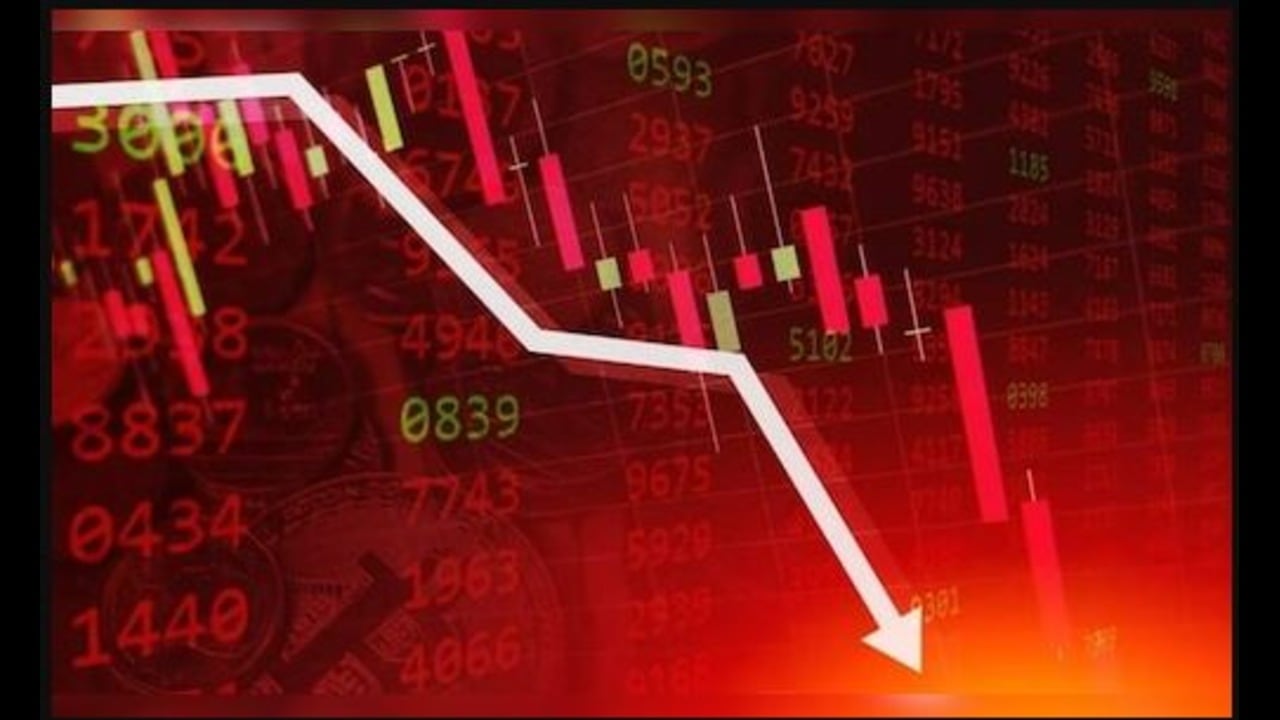Understanding The Recent Surge In GPU Prices

Table of Contents
The Impact of Cryptocurrency Mining on GPU Availability and Prices
The rise of cryptocurrencies, particularly Ethereum, has significantly impacted the availability and price of GPUs. Ethereum mining, a process that involves verifying transactions on the blockchain, relies heavily on powerful graphics processing units. The profitability of Ethereum mining, directly tied to the value of Ethereum, spurred a massive surge in demand for GPUs. Miners, often operating on a large scale, purchased GPUs in bulk, drastically reducing the supply available to consumers.
- Increased demand from miners outpaces supply: The insatiable appetite of cryptocurrency miners for high-performance GPUs far exceeded the production capacity of manufacturers.
- Miners often purchase GPUs in bulk, further limiting availability for consumers: Large-scale mining operations often acquire thousands of GPUs at a time, leaving individual consumers scrambling for the remaining limited stock.
- Fluctuations in cryptocurrency value directly impact GPU demand: Periods of high cryptocurrency prices fueled increased mining activity and consequently, higher GPU prices. Conversely, price drops in cryptocurrencies often lead to a decrease in mining activity, but not always a corresponding decrease in GPU prices immediately due to other market factors. The correlation between cryptocurrency prices and GPU costs is undeniable. A quick look at historical price charts clearly demonstrates this relationship.
Global Chip Shortages and Supply Chain Disruptions
The global semiconductor shortage, a significant event impacting numerous industries, has dealt a major blow to GPU production. This shortage wasn't caused by a single event but rather a confluence of factors:
- Reduced manufacturing capacity due to pandemic-related issues: Factory closures, lockdowns, and disruptions to the supply chain caused by the COVID-19 pandemic significantly reduced the manufacturing capacity for semiconductors.
- Increased demand for chips across various industries (e.g., automotive, consumer electronics): The pandemic also boosted demand for electronics and vehicles, creating a surge in demand for semiconductors across multiple sectors, further exacerbating the shortage.
- Supply chain bottlenecks leading to delays and increased costs: Logistical challenges, including transportation delays and port congestion, contributed to the shortage and increased the cost of manufacturing and shipping GPUs. These supply chain issues continue to affect video card prices worldwide.
Increased Demand from Gamers and Professionals
The popularity of PC gaming continues its upward trajectory, driving a massive demand for high-performance GPUs. Modern games are increasingly demanding, requiring powerful graphics cards to provide a smooth and immersive experience. Beyond gamers, professionals in fields like AI, machine learning, and 3D rendering rely heavily on GPUs for their computationally intensive tasks. This dual pressure from both gaming enthusiasts and professionals contributes to the limited supply and elevated prices of graphics cards.
- Release of new high-demand games: The launch of graphically intensive games often leads to a spike in demand for high-end GPUs.
- Growing popularity of PC gaming: PC gaming's enduring appeal consistently fuels the demand for better graphics cards.
- Increased adoption of GPU-intensive software and applications: The increasing use of GPUs in various professional fields adds to the overall demand.
Scalpers and Market Speculation
The role of scalpers cannot be ignored in the current GPU price landscape. These individuals purchase large quantities of GPUs at retail prices, then resell them at significantly inflated prices on online marketplaces. Automated purchasing bots further exacerbate this problem, allowing scalpers to bypass purchase limits and acquire even more GPUs. Speculation also contributes, as buyers anticipate further price increases, driving demand even higher.
- Scalpers purchasing GPUs in bulk to resell at higher prices: Scalping operations directly contribute to artificially inflated prices.
- Use of bots to bypass purchase limits: Automated systems allow scalpers to acquire multiple GPUs, leaving legitimate buyers empty-handed.
- Speculation driving up demand and prices: The anticipation of future price increases contributes to the current high demand.
Navigating the High Cost of GPUs
The surge in GPU prices is a complex issue stemming from a confluence of factors: the impact of cryptocurrency mining, global chip shortages, increased demand from gamers and professionals, and the activities of scalpers. This makes obtaining a GPU at a reasonable price a significant challenge for consumers.
To navigate this challenging market, consider these strategies: monitor prices diligently using price-tracking websites, set price alerts to notify you of drops, explore the used GPU market carefully, consider less powerful but more affordable GPU models, and be patient.
Understanding the factors influencing GPU prices is key to navigating this challenging market. Stay informed and make smart choices when purchasing your next GPU.

Featured Posts
-
 Confronting Google Perplexitys Ceo On The Emerging Ai Browser Battle
Apr 28, 2025
Confronting Google Perplexitys Ceo On The Emerging Ai Browser Battle
Apr 28, 2025 -
 Invest Smart A Map Of The Countrys Promising Business Locations
Apr 28, 2025
Invest Smart A Map Of The Countrys Promising Business Locations
Apr 28, 2025 -
 Vancouver Housing Market Update Slower Rent Growth Persistent Cost Increases
Apr 28, 2025
Vancouver Housing Market Update Slower Rent Growth Persistent Cost Increases
Apr 28, 2025 -
 Gpu Prices Soar Are We Facing Another Crisis
Apr 28, 2025
Gpu Prices Soar Are We Facing Another Crisis
Apr 28, 2025 -
 Final Days Of Hudsons Bay Liquidation Huge Savings Inside
Apr 28, 2025
Final Days Of Hudsons Bay Liquidation Huge Savings Inside
Apr 28, 2025
Latest Posts
-
 9 Billion Investment At Risk Alberta Faces Dow Project Delay Due To Tariffs
Apr 28, 2025
9 Billion Investment At Risk Alberta Faces Dow Project Delay Due To Tariffs
Apr 28, 2025 -
 Alberta Feels The Impact Dow Project Delay Amidst Tariff Fallout
Apr 28, 2025
Alberta Feels The Impact Dow Project Delay Amidst Tariff Fallout
Apr 28, 2025 -
 Dows 9 B Alberta Project Delayed Collateral Damage From Tariffs
Apr 28, 2025
Dows 9 B Alberta Project Delayed Collateral Damage From Tariffs
Apr 28, 2025 -
 Final Days Of Hudsons Bay Liquidation Huge Savings Inside
Apr 28, 2025
Final Days Of Hudsons Bay Liquidation Huge Savings Inside
Apr 28, 2025 -
 Hudsons Bay Store Closing Sales Event 70 Off
Apr 28, 2025
Hudsons Bay Store Closing Sales Event 70 Off
Apr 28, 2025
